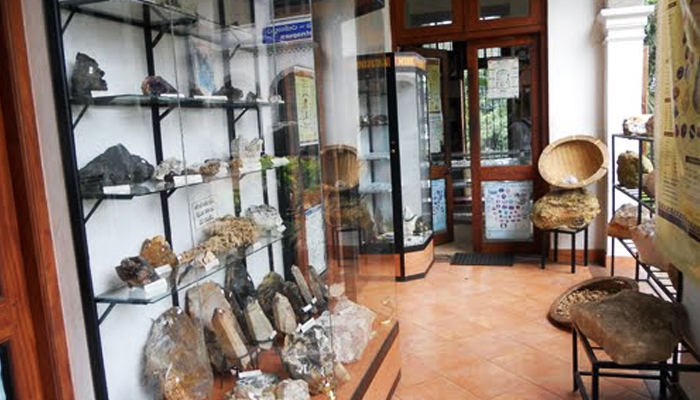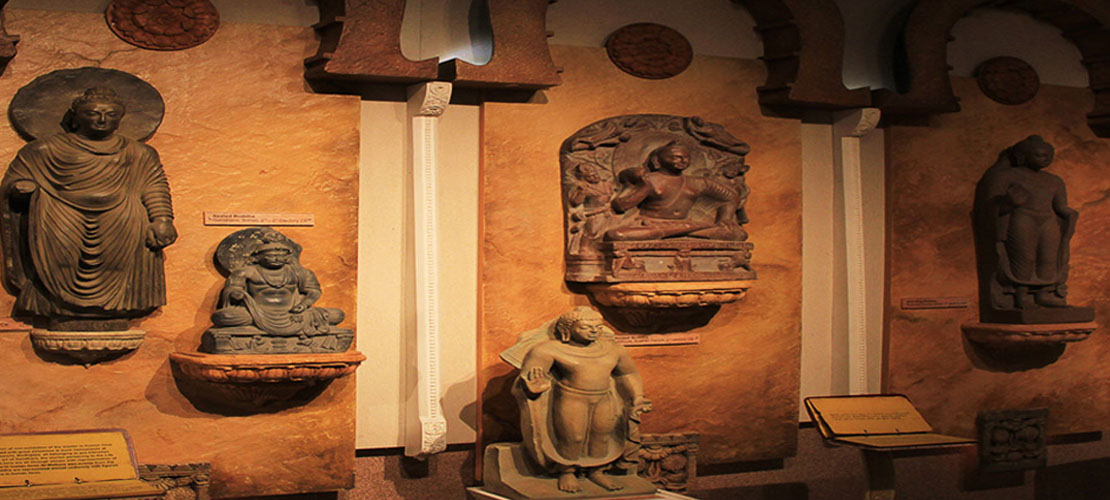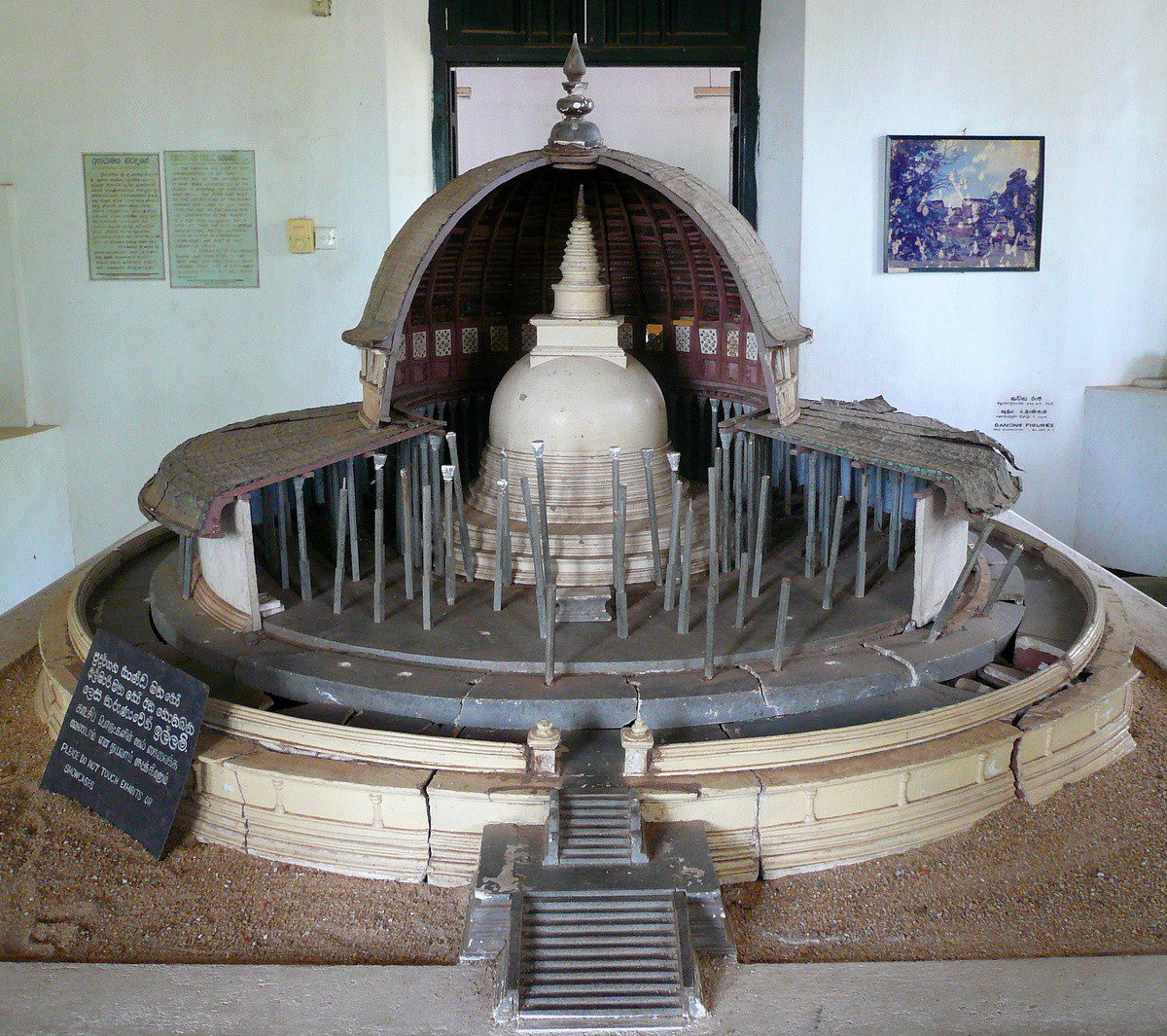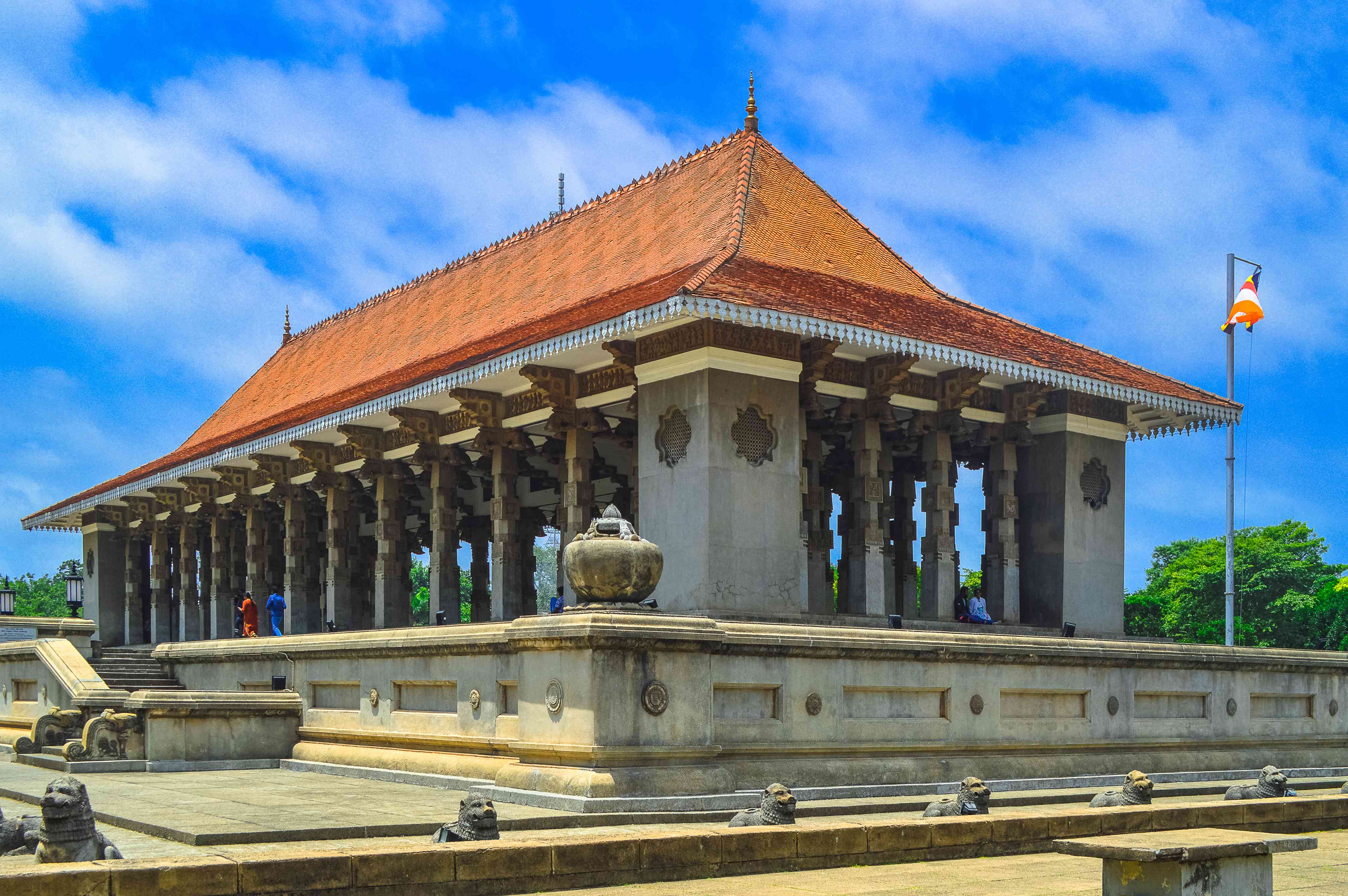The Colombo Museum
The Colombo Museum, as it was initially known, was founded on January 1st, 1877. Sir William Henry Gregory, the then-British Governor of Ceylon (now Sri Lanka), founded it. When Gregory was appointed governor in 1872, the Royal Asiatic Society (CB) played a key role in raising Gregory's attention to the necessity for a public museum. Despite the great difficulty, the legislative council's consent was eventually won within a year. J.G. Smither, the architect for the Public Works Department, was able to design the new building's blueprints in the Italian architectural style. The building was finished in 1876, and the Museum started operating the following year. For this objective, the museum's administrators conducted a number of actions to display the national cultural and natural treasures. During the administration of Dr. P. E. P. Deraniyagala, the museum reached an international level and attained the status of national museum. In Jaffna, Kandy, and Ratnapura, he was able to construct satellite museums, and in 1942, Act No. 31 created the Department of National Museums, which is now fully functional.
National Museum of Natural History

On September 23, 1986, the National Museum of Natural History, which displays the natural heritage, was founded. This museum is located in Colombo 7 on the same grounds as the Colombo National Museum, opposite Ananda Coomaraswamy Mawatha. Despite the fact that Sri Lanka has many museums, only this one exclusively showcases the natural heritage. The unique aspect of this museum is the display of rare, endemic to Sri Lankan species of flora and animals that are also endangered. There is a sizable collection of specimens, including mammals, birds, reptiles, insects, fish, amphibians, different species of plants, and rocks from different types of geology.

Galle National Museum
The oldest Dutch structure in the Galle fort, built in 1656, houses the Galle National Museum. The Department of National Museums created this museum, which was opened to the public on March 31, 1986, in order to educate the general public about the traditional cultural legacy of Southern Sri Lanka. A large variety of hereditary archaeological and anthropological artifacts from the Southern region are on display at the Galle National Museum. The museum's key visitor-drawing displays include collections of traditional masks used in various rituals, beautiful artifacts made of turtle shells, old wooden carvings, and a Beeralu collection. The equipment that Dutch ships brought to the harbor in Galle illustrates the Dutch influence. The exhibition includes large water jugs, V.O.C. porcelain items, and rifles and weapons used by the Dutch soldiers.

Rathnapura National Museum

The Sri Lankan gem trade originated in Ratnapura, which also houses a number of private museums where you can buy valuable stones. But the National Museum, which is situated in the stunning Ehalepola Walauwa edifice, also boasts a ton of other attractions. What to see Elephant, rhinoceros, and hippopotamus prehistoric fossils discovered in Balangoda region gem pits are on display in the museum. Stuffed animals and snakes kept in jars are also on display. Numerous items representing local art and culture are present, including musical instruments, masks, tapestries, flags, and materials. To whet your appetite for what awaits beyond the structure, the thriving gem and jewelry industries are represented, and examples of magnificent jewelry from both the historical and modern eras can be seen. Additionally, there are artifacts documenting the history of the province where the town is located, Sabaragamuwa.

Kandy National Museum
The "Palle Vahala" structure, which was constructed during the reign of Sri Wickrama Rajasingha, served as the residence of the king's queens. This structure was constructed utilizing elements of Kandyan architecture.
The many historical artifacts created by the Matale district's technicians and the Kandy Art Association, which was founded in 1832, were stored in this pallevahala edifice. 1942 saw the public's introduction to this as a museum.
The Kandyan period is depicted in this museum's collection of more than 5000 artifacts in a variety of historical and cultural contexts. (17th–19th century)
The many historical artifacts created by the Matale district's technicians and the Kandy Art Association, which was founded in 1832, were stored in this pallevahala edifice. 1942 saw the public's introduction to this as a museum.
The Kandyan period is depicted in this museum's collection of more than 5000 artifacts in a variety of historical and cultural contexts. (17th–19th century)

Anuradhapura Folk Museum

The Department of National Museums created the Anuradhapura Folk Museum as a provincial museum on August 22, 1971. This museum's mission is to gather, preserve, and display the religious and cultural artifacts used by the local folk people in the Nuwara-Kalaviya region.
Due to foreign invasions in 12–13 A.D., the kingdom was moved to the southwest. A few families persisted, and they settled in little hamlets around the dense forest. They were unable to interact with the outside world and were forced to produce all they required for day-to-day living.
Due to foreign invasions in 12–13 A.D., the kingdom was moved to the southwest. A few families persisted, and they settled in little hamlets around the dense forest. They were unable to interact with the outside world and were forced to produce all they required for day-to-day living.
Their everyday artifacts provide as a visual representation of their traditional wisdom. The Nuwara Kalaviya folk community's traditional items are well-represented in the Anuradhapura Folk Museum.

Dutch Museum
Numerous artifacts from Dutch colonial history are on display, including ceramics, coins, paintings, and military gear used in the invasion of Lanka. Architecture fans would find the museum to be quite interesting because it has preserved the characteristics of a colonial Dutch town house.
The house's original stone wall is still present in the garden, along with a cemetery that is filled of the remains of Dutch traders and explorers.
Pettah, the center of Colombo, is alive and thriving outside the museum.
The house's original stone wall is still present in the garden, along with a cemetery that is filled of the remains of Dutch traders and explorers.
Pettah, the center of Colombo, is alive and thriving outside the museum.

Indipendance Memorial Museum

The contribution made by Sri Lankans to advancing and preserving their political, economic, social, cultural, and human independence spans more than 25 centuries from the dawn of their civilization to the present. The difficulties they bravely overcame on such occasions serve as an inspiration and source of pride for future generations. The goals and objectives of this exhibition consist of reawakening our national pride and reminding us of the tremendous efforts made throughout the ages until 1972, when we achieved our independence, by our national heroes and their sketches, for the benefit of coming generations.
Due to foreign invasions in 12–13 A.D., the kingdom was moved to the southwest. A few families persisted, and they settled in little hamlets around the dense forest. They were unable to interact with the outside world and were forced to produce all they required for day-to-day living
Due to foreign invasions in 12–13 A.D., the kingdom was moved to the southwest. A few families persisted, and they settled in little hamlets around the dense forest. They were unable to interact with the outside world and were forced to produce all they required for day-to-day living

Maritime Museum
The only museum that educates the general public on the marine biological and anthropological features of the Southern coastal area is the Maritime Museum. It is housed in the 1671-built historic Dutch warehouse of the fort at Galle. On May 9, 1992, the museum officially opened to the public. Following the tsunami on December 26, 2004, all of the exhibits in the museum were damaged or destroyed. The Royal Government of the Netherlands offered financial support for the rebuilding of the Maritime Museum under the Sri Lanka-Netherlands Cultural Co-operation Program. The public can now visit the Maritime Museum after three years of refurbishment. The first collection features images of the different kinds of boats used for passenger transportation and nautical commerce in Southern Sri Lanka. With appealing models and replicas, the traditional way of life of fishing communities and such fishing techniques are displayed. The second Gallery focuses on the plants and fauna of maritime ecosystems. With their taxonomic information, models of mangroves, seashore flora, turtles, seabirds, and marine mammals are exhibited. You can view specimens of corals, marine shells, and various invertebrates in the display, which also features a huge whale skeleton mounted on the roof. For a variety of Southern visitors and academics, the Maritime Museum serves as a center of education.




